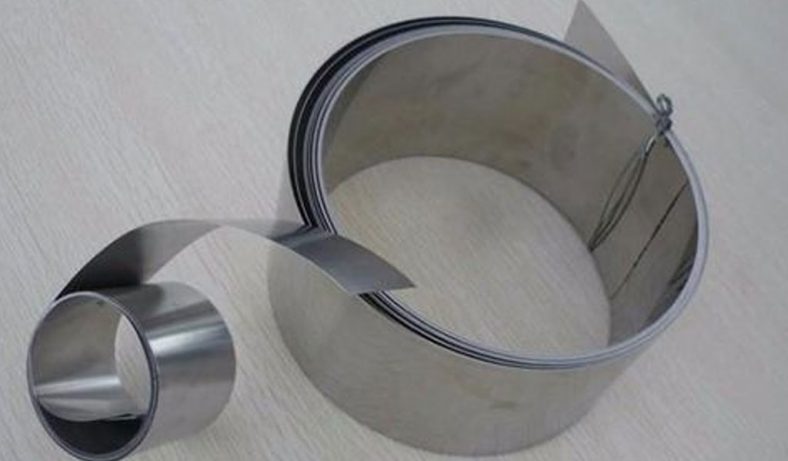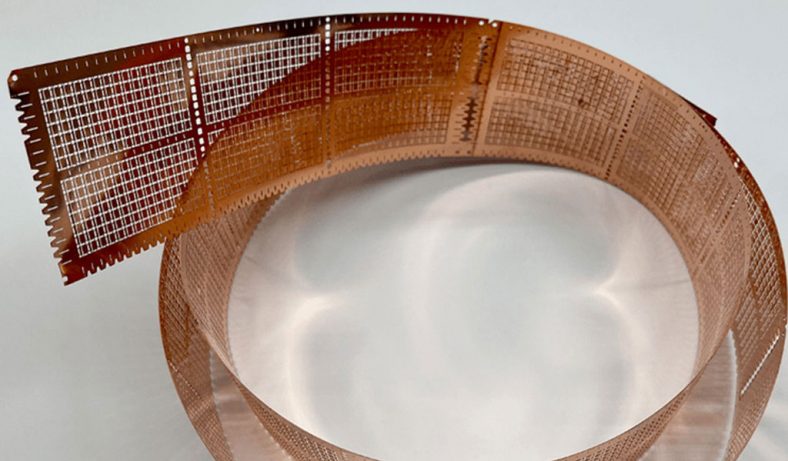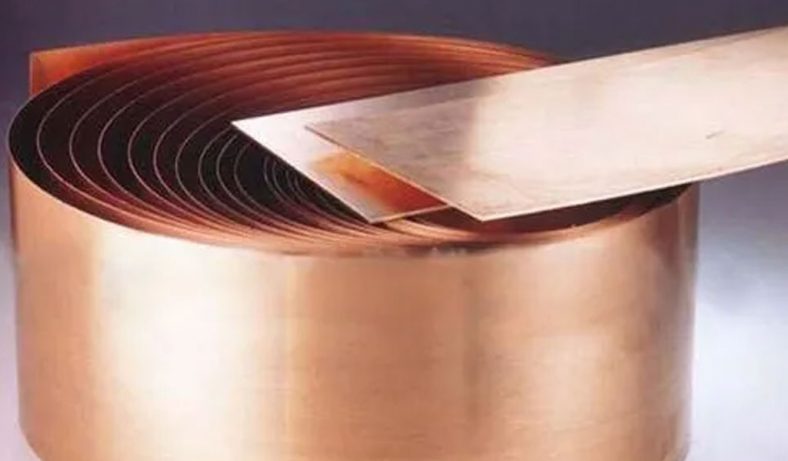Cryocoolers play a pivotal role in various scientific, medical, and industrial applications, providing efficient cooling solutions for delicate equipment and materials that require extremely low temperatures. Recent advancements in cryocooler technology have led to breakthroughs in performance, with one notable innovation being the incorporation of etched metal flexure springs. These tiny but powerful components have demonstrated a significant improvement in cryocooler efficiency, making them a game-changer in the field of low-temperature applications.
Understanding Cryocoolers: Before delving into the impact of etched metal flexure springs, it’s crucial to grasp the fundamental principles of cryocoolers. These devices operate on the principle of thermodynamic cycles, typically utilizing a working fluid to absorb heat from the target material and then expelling it to maintain low temperatures. Ensuring optimal performance requires meticulous engineering of various components, and the flexure springs are emerging as key contributors to this endeavor.

The Role of Flexure Springs: Flexure springs are mechanical elements designed to provide controlled flexibility, allowing for precise movement and adjustments in mechanical systems.
In the context of cryocoolers, these springs are often responsible for supporting critical components like pistons and displacers.
The introduction of etched metal flexure springs takes this concept to a new level, offering several advantages that contribute to enhanced cryocooler performance.Benefits of Etched Metal Flexure Springs:
Improved Flexibility and Precision
Etched metal flexure springs are manufactured using advanced microfabrication techniques, resulting in intricate designs that provide unparalleled flexibility. This increased flexibility allows for more precise movements within the cryocooler system, optimizing the overall efficiency of heat transfer processes.
Reduced Friction and Wear
The etching process used in manufacturing these springs creates smoother surfaces, reducing friction and wear. This not only enhances the durability of the flexure springs but also minimizes energy losses within the cryocooler, ultimately leading to improved energy efficiency.
Enhanced Thermal Conductivity
The metal composition of etched flexure springs is carefully chosen to maximize thermal conductivity. This ensures efficient heat transfer within the cryocooler, contributing to quicker cooling cycles and maintaining lower temperatures with greater effectiveness.
Compact Design and Space Efficiency
The microfabrication techniques allow for the creation of compact and lightweight etched metal flexure springs. This results in a more space-efficient cryocooler design, especially crucial in applications where size and weight constraints are significant considerations.
Conclusion: In conclusion, the integration of etched metal flexure springs represents a significant leap forward in cryocooler technology. The enhanced flexibility, reduced friction, improved thermal conductivity, and space efficiency provided by these innovative springs contribute to a more efficient and reliable cooling solution. As the demand for cryocoolers continues to grow across various industries, the impact of etched metal flexure springs on improving performance is poised to make a lasting mark on low-temperature applications.































